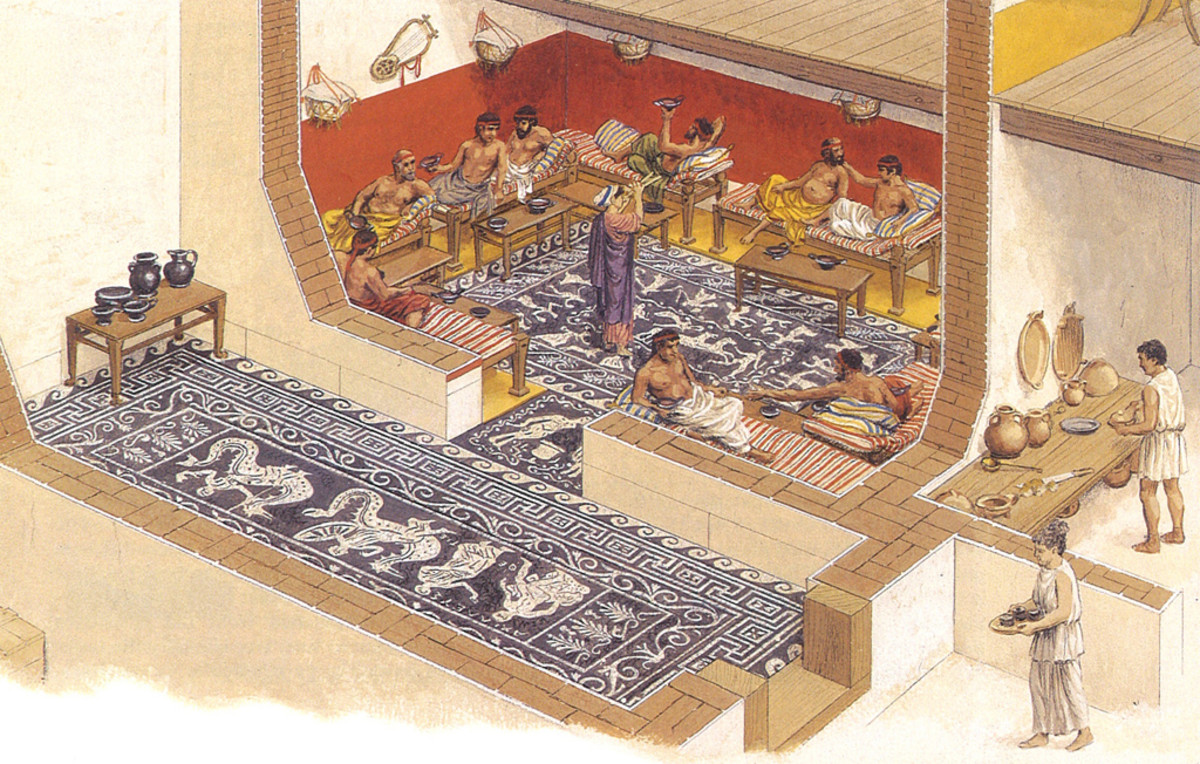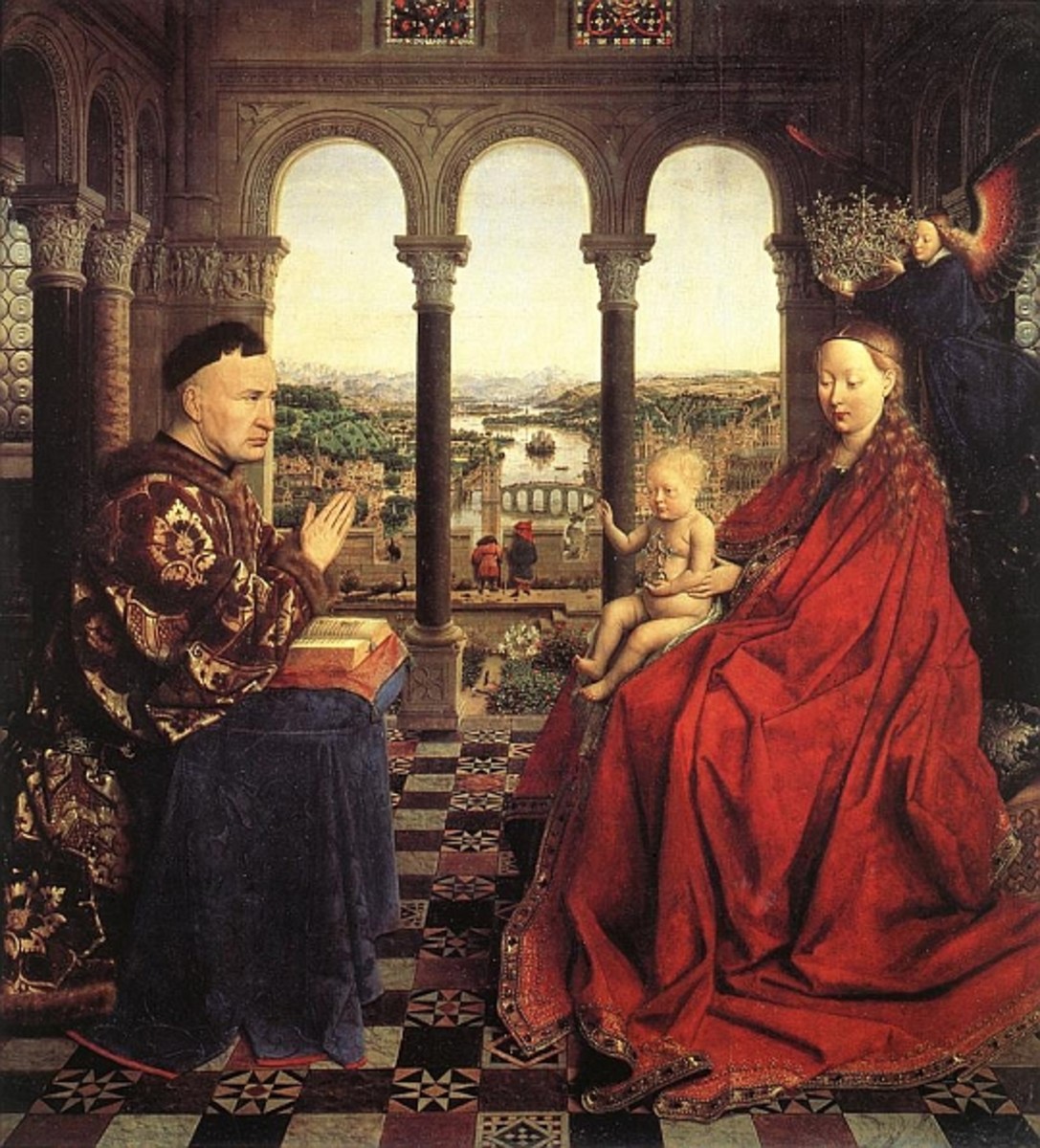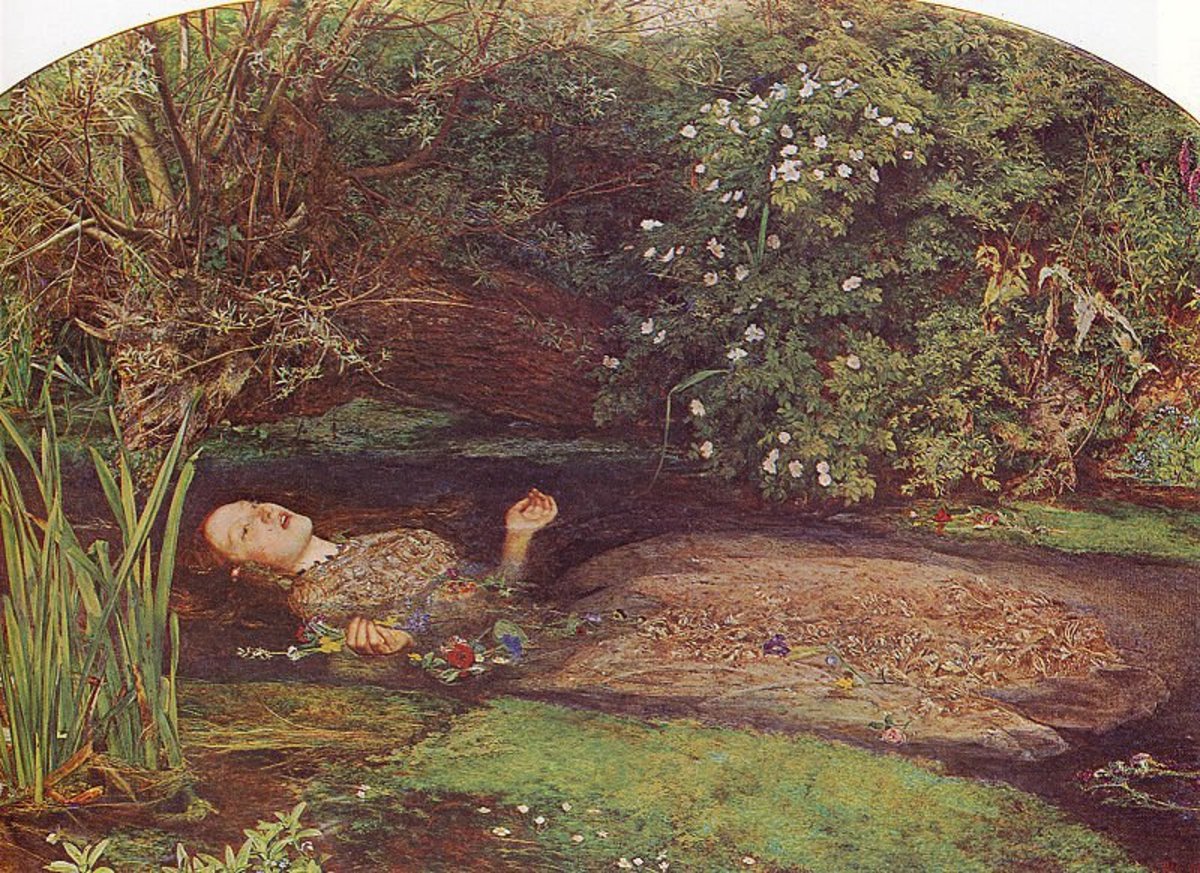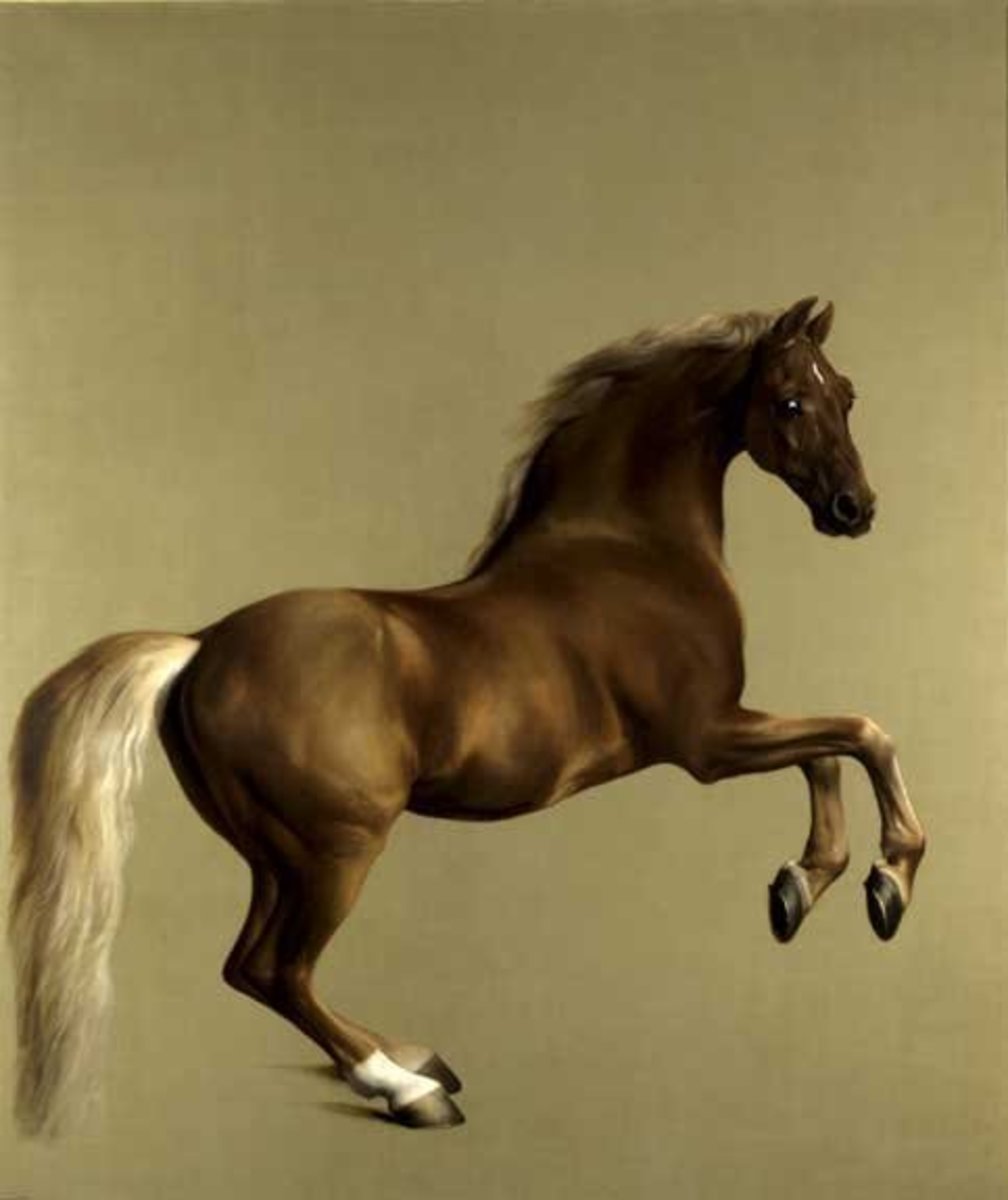Vasari on Technique: Architecture, Sculpture and Painting
A Super Book...
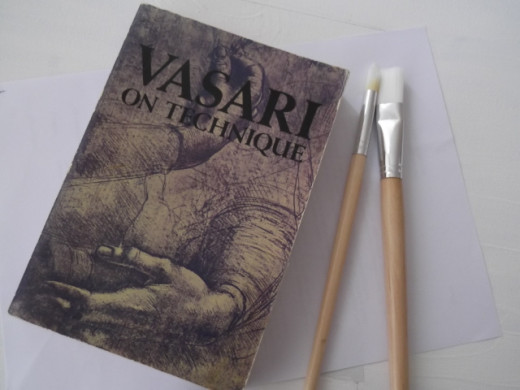
inspiring craftsmen throughout the ages
Perhaps the most famous espouser of the manual methodologies of the Middle Ages was William Morris, Victorian writer, designer and craftsman. According to Professor Baldwin G Brown, the work of Morris was inspired by Giorgio Vasari's book, Vasari on Technique. Vasari was none other than the writer of Lives of the Artists, published in 1550. He prefixed this book by an Introduction that was sectioned into Architecture, Sculpture and Painting. Professor Brown believes that this Introduction was a precursor to Vasari's less known book, Vasari On Technique, published around the same time.
Handbooks on the work of the artist were nothing new in the 1500s. Almost one century earlier, Cennino Cennini had delivered The Craftsman's Handbook, a seminal book on the skills and technique of medieval craftsmen. However, experts believe that much of what Cennini had written was an account of techniques that had been in use since the 1300s. By the time that Vasari was writing, the high Renaissance was in full swing. It was almost over, in fact. Vasari's associations with the major artists of that time had resulted in his writing of the Lives. In the meantime, he was a practising artist and architect, working on prestigious building projects, like the Ufizzi Palace in Florence and remodelling Pisa's Piazza dei Cavlaeri.
In Chapter Three of Technique, "Concerning the Five Orders of Architecture", Vasari writes about the progress of his work on the Ufizzi Palace. I quote: This building is to have splendid decoration in stone, and is to be placed between his own palace and the River Arno. The male person that Vasari refers to is none other than Cosimo de Medici, the head of the great, ruling family who had dominated Florentine life since the middle of the 1400s. Vasari continues with an in-depth, highly technical account of how he is organising the columns of the building, useful to his contemporaries and fascinating to architectural historians today. I actually found this account a little tedious to follow but then, it was not meant for me.
This work of Vasari is definitely influenced by older texts, especially on architecture. According to Professor Brown, Vasari has taken much of the material in the chapter on the architectural Orders from The Ten Books on Architecture by the Roman writer, Marcus Vitruvius Pollio (70-15 BC). In this same section, he also treats us to a description of how the sculptor Tribolo created rustic ornaments for the fountains of Duke Cosimo's garden at Olmo near Castello, a few miles north of Florence. In the section on Sculpture, Vasari's description of the "lost wax" method of casting bronze is a technique that the Romans perfected, and is still in use today.
Vasari does not fail to let slip his views on Gothic architecture. Witness gems like this manner (of building) was the invention of the Goths, for after they had ruined the ancient buildings and killed the architects in the wars, those who were left constructed the buildings in this style. We now know that Gothic, or German architecture as Vasari called it, had nothing to do with Goths who were an extinct race by the 1500s. Gothic architecture originated in France in the 1100s. We know this well today, and the notion that Gothic architecture was "German” never became a myth in perpetuity.
In the Painting section of Technique, his writing may have perpetuated one of the all-time myths in the history of art. I quote: a most beautiful invention and a great convenience to the art of painting was the discovery of colouring in oil. The first inventor of it was John of Bruges in Flanders who sent the panel to Naples, to King Alfonso and to the Duke of Urbine, Federico II, the paintings for his bathroom. The John of Bruges whom Vasari refers to is actually Jan Van Eyck, the Netherlandish painter active between 1432 and 1441.
We know from Cennini and other writers that artists had used the medium of oil long before the quattrocento, possibly for hundreds of years. What Van Eyck did do was bring the art of painting in oil as near to perfection as possible in his painting of 1434, The Arnolfini Portrait, (National Gallery, London). The danger of hearsay was as potent in the days before mass media as it is now, it seems.
In spite of this flaw in Technique, at the heart of the book is the Vasari that the reader knows and loves. Keep ploughing through the text for sound bites like In our days, certain vulgar architects...have worked presumptuously and without design almost as if by chance without observing ornament, art or any order. It is a fascinating read for the art and architectural historian and, as William Morris Found out, a great book on art and craft techniques, too.
Sources
The Yale Dictionary of Art & Artists, Yale University Press, 2000
Vasari on Technique by Giorgio Vasari, Dover Publications Inc, New York,





